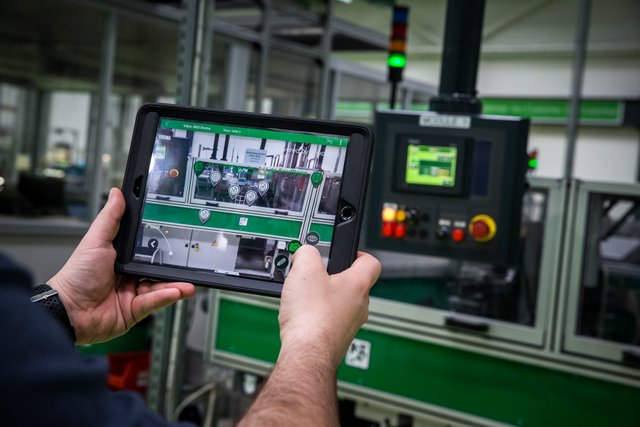
Servo Motors can be broadly described as simple electric motors which are operated for specific angular rotation with the aid of an added servomechanism. They are fundamentally a combination of various electronic parts, including the well-known DC and AC motors. They are commonly employed in a closed-loop mechanism which registers its position feedback to control its rotational speed.
However, in the world we live in today, servo motors consist of large industrial applications for controlling purposes. They are implemented in machine tools, packaging, industrial automation, material transport, printing converting, assembly lines, CNC machinery, automated manufacturing, and many other demanding robotics applications. Some of the eminent areas where servo motors are used in consumer products include - remote-controlled toy cars to regulate motion and CD or DVD players where the motor which sets the tray into motion. These are just two popular examples to highlight it’s applicability – however, even apart from these devices, there are a plethora of applications in our daily lives.
Here are some important factors to consider when picking a servo motor -
Required Voltage
The first and foremost point to be noted is that servo motors come with varying power requirements. Servos are accessible in markets in 100 VAC, 200 VAC, and 400 VAC models, and can be used with single-phase or three-phase power.
Estimating the Torque
In layman’s terms, the torque is how much “muscle” any machinery needs to rotate a mechanism, and comes from three distinct sources - accelerating the mechanism’s inertia, friction, and outside forces such as pressing against an object or gravity. Determine the inertia of each element of the system and add the values. The methods/formulas for calculating rotational inertia of various shapes are readily available on the Internet. Multiply the acceleration by the load inertia to estimate the load’s acceleration torque. Account for friction forces for sliding loads, or gravitational drives for vertical loads, and any external forces. Multiply each force by the radius it is working on (known as the “moment”) to calculate the torque.
The calculations involved with correctly finding out the required torque of a servo motor are quite intricate and baffling, but like so much in the world around us, this calculation has been automated with several software programmes accessible to make the selection process easier.
#SchneiderElectric is one of the leading manufacturing brands in the realm of power & energy management and motor control. The brand has extensive offerings when it comes to servo motors, power transformer, valve actuators, and soft starters. #LifeIsOn